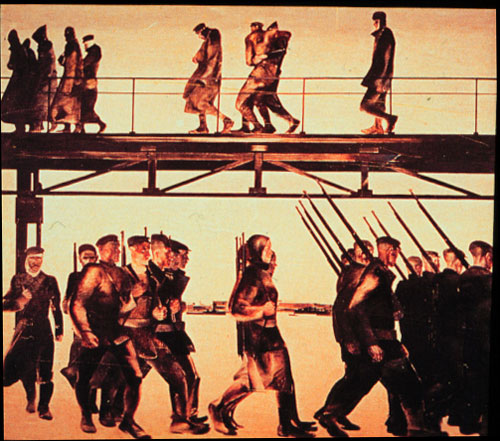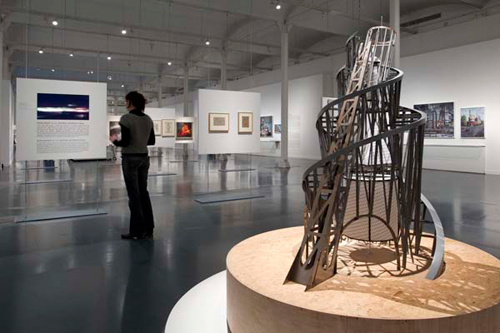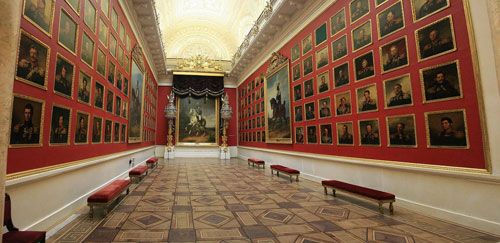On the 11th of October, the Palazzo delle Esposizione in Rome inaugurates the exhibition by the Russian artist Aleksandr Rod?enko, a stand out member of the avant-garde from the beginning of the 20th century and an influent member of the intellectuality of his time.

The exhibition commissioned by Olga Sviblova is organized by the Moscow House of Photography Museum and it tries to show the importance that the Russian avant-garde had in the universal culture through the creative energy which is fully reflected in the work of Aleksandr Rod?enko.
The importance that the Russian avant-garde had in universal art can be traced to our days, where we still find certain aspects of suprematism which Malevich funds in an attempt to reduce painting to the simplest lines. Futurism is, up to today, part of the artistic expressions or the constructivism which primed in architecture and it inspired contemporary desconstructive architecture with its straight lines.
Aleksandr Rod?enko was born in St. Petersburg, Russia, in 1891. Son of the designer and scenographer Mikhail Majlovich Rod?enko and a washerwoman, he followed his father´s footsteps by studying in the Art Institute in the city of Kazan. These were years of great movement in arts and philosophy, and he initially got interested in poetry after reading Mayakovsky and admiring his revolutionary strength, his internationalism, his futurist creation and the deep love for freedom that took him to defy totalitarian power.
Through Mayakovsky he got into futurism and suprematism, which would be marked in his early paintings. Restless to get to know all the new techniques, he took an interest for photomontage and dadaism due to their groundbreaking character with the conventions imposed by art and traditions.
Photography and the photomontage technique brought him close to Eisenstein and Dziga Vertov, working on the design of their film posters, and he began his work in theatre scenography, film and graphic materials.
In 1923 he made the design of Mayakovsky´s book ´About this´, and he began a close intellectual relationship with Lászlo Moholy Nagy, who was interested on publishing an essay on constructivism.
A year later, photography would be one of his vehicles of creation and a method to embody his ideas, which would go with him for the rest of his life. With a Leica camera he went in search of unusual angles to capture a reality which was only in his imagination. Walls, common objects, stairs and shadows would be his focus, moving away from the Socialst Realism which imposed an aesthetic style.
Despite being a photography lover all of his life, the rejection of his work for being considered “too western” would bring him to painting once again, working with it until 1956.
For more information: http://www.palazzoesposizioni.it/MediaCenter/FE/CategoriaMedia.aspx?idc=544&explicit=SI
 Nancy Guzman
Nancy Guzman
If you were thinking of escaping the daily routine by resting in some apartments in Rome you have until the 8th of January to go down and see the exhibition of this revolutionary artist who injects each and every one of his works with his powerful character.

 English
English Translated by: aleixgwilliam
Translated by: aleixgwilliam


